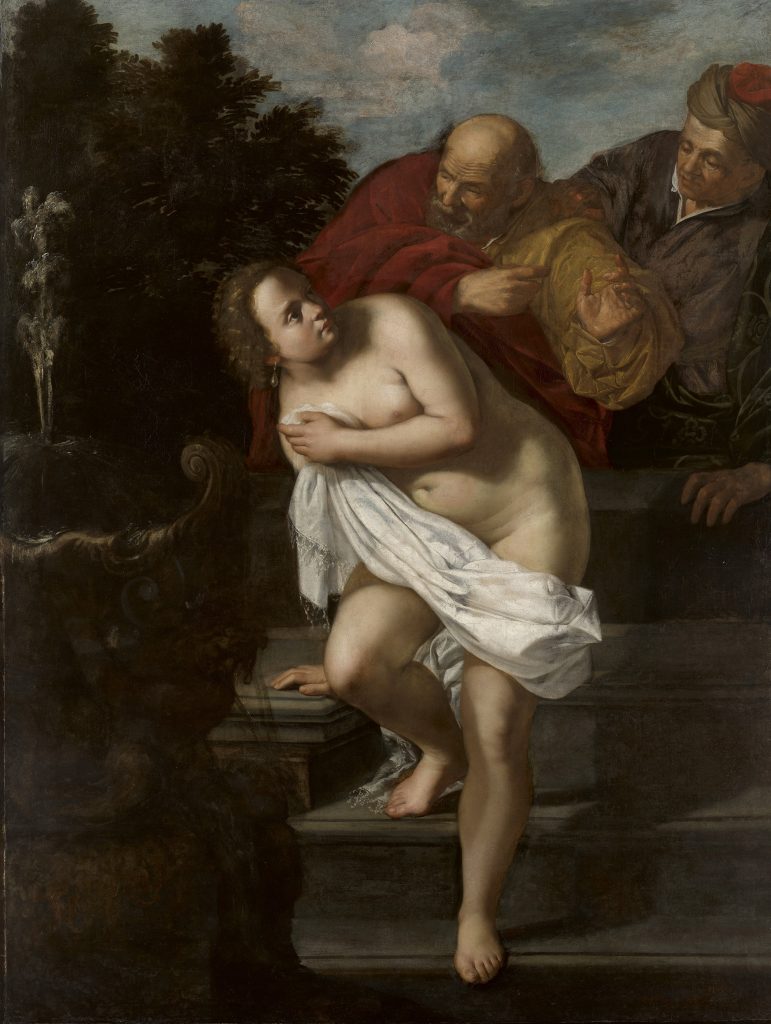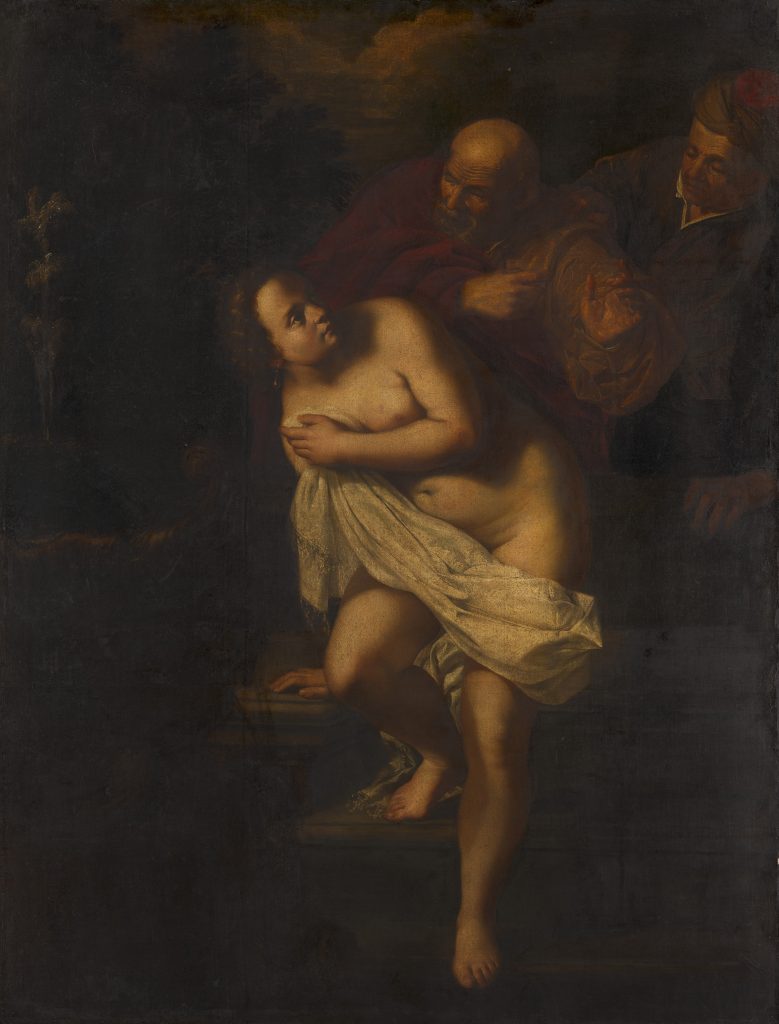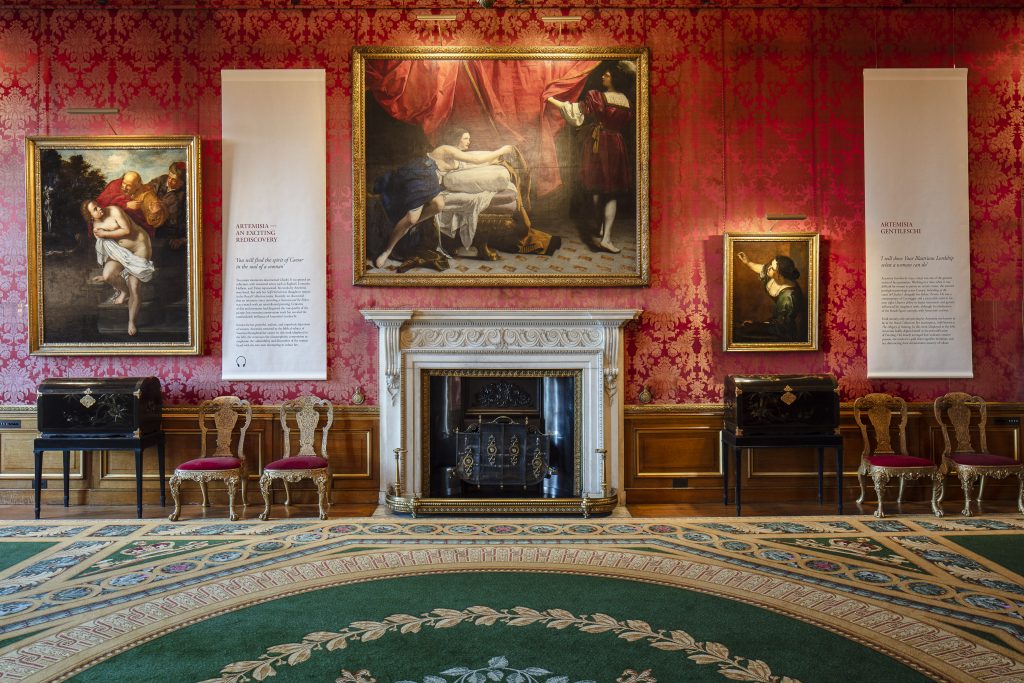Turner at 250: The Best Anniversary Exhibitions
The year 2025 marks the 250th anniversary of the birth of Joseph Mallord William Turner, arguably Britain’s greatest landscape painter.
Catriona Miller 13 February 2025
18 June 2024 min Read
A painting by Artemisia Gentileschi has been re-discovered by curators at the Royal Collection Trust after being misattributed for almost two centuries. Susanna and the Elders has been traced back to Henrietta Maria of France, wife of Charles I, and is said to have once hung over the Queen’s private fireplace.
The provenance of Gentileschi’s Susanna and the Elders is no longer a source of uncertainty thanks to an intrepid research project led by art historian Dr. Niko Munz. Originally attributed to a male artist and later to the “French school,” the painting is now confirmed to be a creation of Artemisia Gentileschi, belonging to the collection of Charles I.

Artemisia Gentileschi, Susanna and the Elders, c. 1638-39, Royal Collection Trust, Windsor, UK. / © His Majesty King Charles III 2023.
“It was very much the Queen’s painting,” said Munz, who focuses on locating paintings dispersed across Europe following the execution of Charles I. According to a 1639 royal inventory, the painting hung above a fireplace at Whitehall Palace, in the Queen’s Withdrawing Chamber. However during the following century, it was taken down and moved into storage at Hampton Court Palace, where it sat fading into obscurity.
When unearthed by Munz and his team in 2018, the painting was almost unrecognizable. Dirty and discolored, strips of sewn-on canvas were also added to the work prior to its discovery. “When it came into the studio, Susanna was the most heavily overpainted canvas I had ever seen, its surface almost completely obscured,” said conservator Adelaide Izat. When fabric was removed from the back of the painting, the letters CR—the initials for Carolus Rex—were revealed.

Artemisia Gentileschi, Susanna and the Elders, c. 1638-39. Painting before conservation. Royal Collection Trust, Windsor, UK. / © His Majesty King Charles III 2023.
It has been incredible to be involved in returning the painting to its rightful place in the Royal Collection, allowing viewers to appreciate Artemisia’s artistry again for the first time in centuries.
The painting was examined by numerous experts and researchers, who reviewed inventory descriptions and records and performed detailed stylistic comparisons. “They even carried out a material analysis that detected the presence of one of Artemisia’s preferred pigments: lead tin antimony yellow,” art historian Sheila Barker told the Art Newspaper. Analysis of the painting also revealed that a large fountain was once featured in the composition but was later painted out by Gentileschi.
According to royal inventory, when the painting was moved to Hampton Court in 1862, it was described as being “in a bad state” and had already lost its frame. It was subsequently sent for restoration, when additional layers of varnish were applied, as noted in a statement from the Royal Collection Trust.
It’s once in a generation that we might come across something of this importance that we haven’t registered
Telegraph
Gentileschi grew up grinding pigments and learning how to paint in her father’s Roman workshop. She would go on to become one of the first women to establish a successful career as a painter, acquiring aristocratic patrons in Florence, Naples, Venice, and even London.
Susanna and the Elders was commissioned by the Queen around 1638-1639, during Gentileschi’s brief stay in England. The painting depicts the Biblical story of Susanna, who, while privately bathing, is approached by two lusting men. When she refuses their advances, Susanna is falsely accused of infidelity and arrested. It is a story Gentileschi revisited at least six times during her career—one that must have been particularly resonant, given the artist’s own experience of sexual assault at the hands of her father’s friend, Agostino Tassi.
Artemisia was a strong, dynamic and exceptionally talented artist whose female subjects – including Susanna – look at you from their canvases with the same determination to make their voices heard that Artemisia showed in the male-dominated art world of the 17th century.
The masterpiece, which recently underwent extensive restoration, is now on display as part of a new temporary exhibition in the Queen’s Drawing Room in Windsor Castle. It hangs alongside two other works: Self-Portrait as the Allegory of Painting (1638-39) by Gentileschi, and Joseph and Potiphar’s Wife (c.1630-32) by her father, Orazio Gentileschi. The newly attributed painting is an important addition to Artemisia Gentileschi’s oeuvre, especially as the 17th-century artist re-emerges from the shadows of history itself.

Susanna and the Elders on display at Windsor Castle. Royal Collection Trust, Windsor, UK. / © His Majesty King Charles III 2023.
DailyArt Magazine needs your support. Every contribution, however big or small, is very valuable for our future. Thanks to it, we will be able to sustain and grow the Magazine. Thank you for your help!